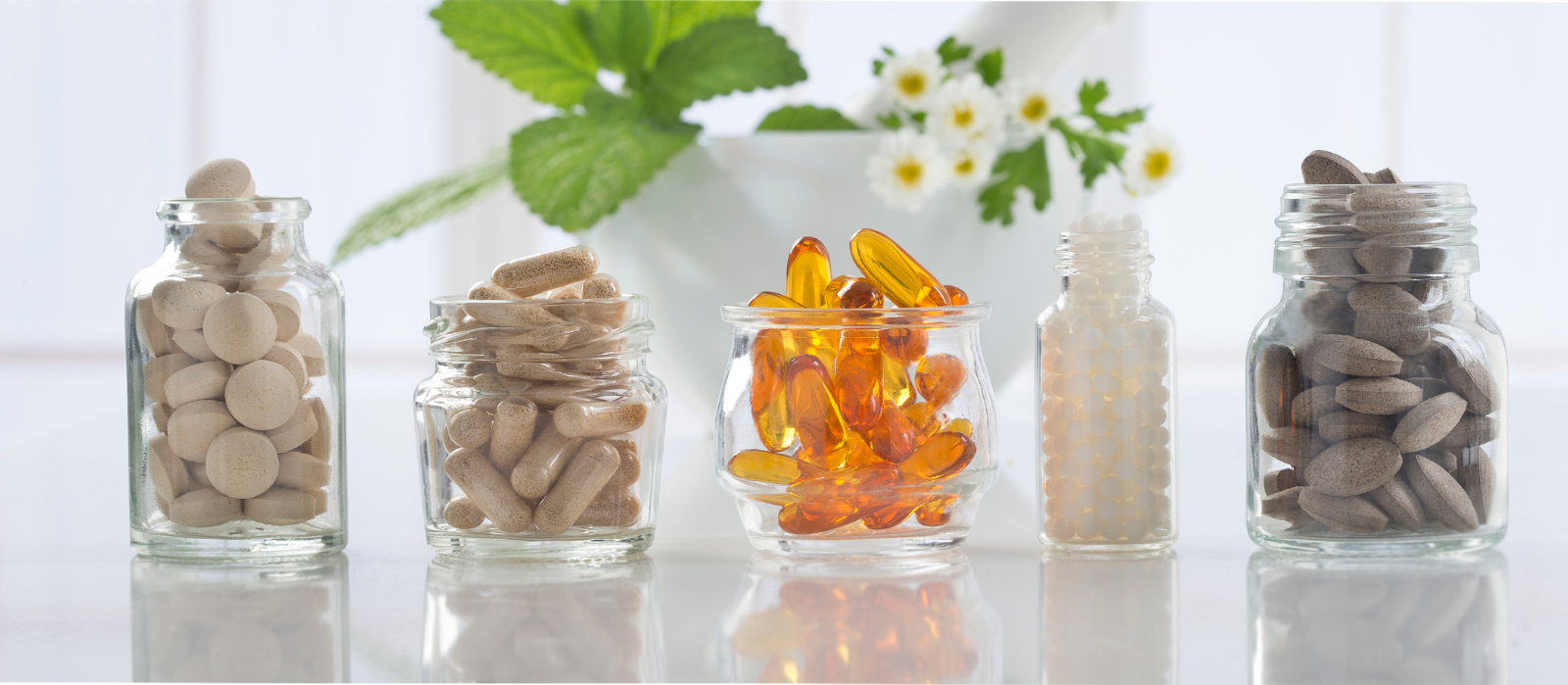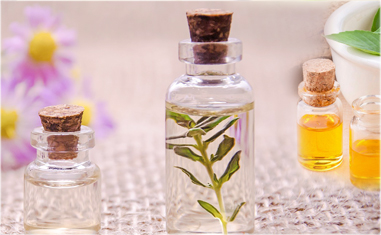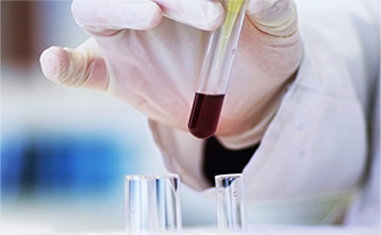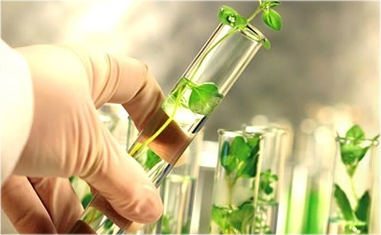
Standardization of Herbal formulations
Standardization refers to the body of information and control necessary to produce material of reasonable consistency
Overview
Standardization of drugs means confirmation of its identity, quality, and purity throughout all phases of its cycle i.e. shelf-life, storage, distribution and use by various parameters. As we all know in our Ayurvedic system of medicines drug standardization of Ayurvedic formulation is a big challenge. Clear cut guidelines have not been developed so far.
World Health Organization (WHO) stresses the importance of the qualitative and quantitative methods for characterizing the samples, quantification of the biomarkers and/ or chemical markers and the fingerprint profiles. If a principle active component is known, it is most logical to quantitate this compound. Where active ingredients contributing to therapeutic efficacy are known botanical preparations should be standardized to these compounds. Where the active ingredients are not yet known a marker substance which should be specific for the botanical could be chosen for analytical purpose.
Standardization as defined by American Herbal Product association: “Standardization refers to the body of information and control necessary to produce material of reasonable consistency. This achieved through minimizing the inherent variation of natural product composition through quality assurance practices applied to agricultural and manufacturing processes 3.
Materials & Methods
Materials
As commercialization of the herbal medicine has happened, assurance of safety, quality, and efficacy of medicinal plants and herbal products has become an important issue. The herbal raw material is prone to a lot of variation due to several factors, the important ones being the identity of the plants and seasonal variation (which has a bearing on the time of collection), the ecotypic, genotypic and chemotypic variations, drying and storage conditions and the presence of xenobiotic. Methods
Methods
Methods of standardization should take into consideration all aspects that contribute to the quality of the herbal drugs, namely correct identity of the sample, organoleptic evaluation, pharmacognostic evaluation, volatile matter, quantitative evaluation (ash values, extractive values), phytochemical evaluation, test for the presence of xenobiotics, microbial load testing, toxicity testing, and biological activity. Of these, the phytochemical profile is of special significance since it has a direct bearing on the activity of the herbal drugs.
The fingerprint profiles serve as a guideline to the phytochemical profile of the drug in ensuring the quality, while quantification of the marker compounds would serve as an additional parameter in assessing the quality of the sample. Phytochemical standardization encompasses all possible / information generated with regard to the chemical constituents present in an herbal drug.
The phytochemical evaluation for standardization purpose includes the following:
- Preliminary testing for the presence of different chemical groups.
- Quantification of chemical groups of interest ( total alkaloids, total phenolics, total triterpenic acids, total tannins).
- Establishment of fingerprint profiles.
- Multiple marker-based fingerprint profiles.
- Quantification of important chemical constituent

Study of Herbal Formulation



